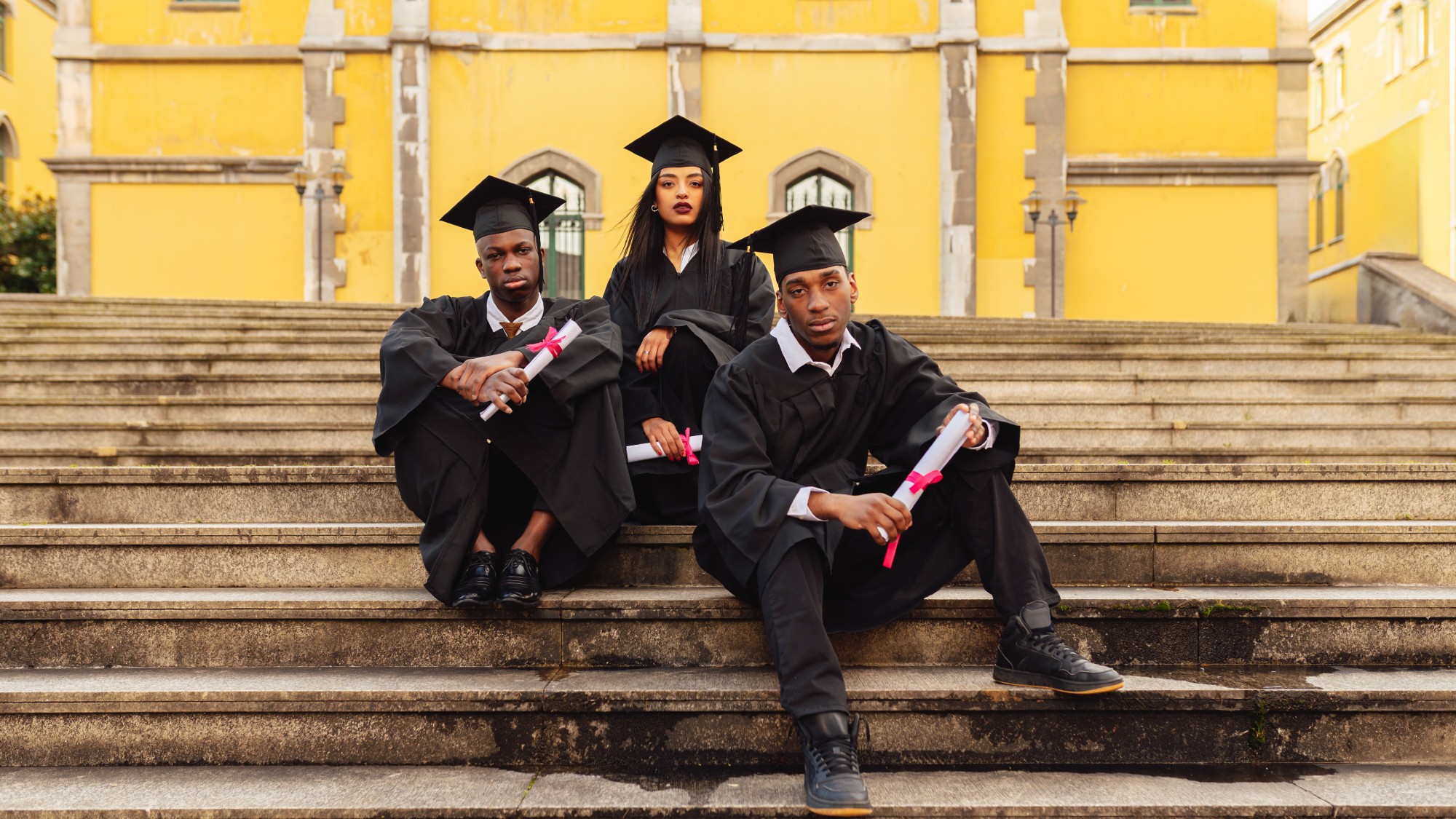Poussin and the Dance: a small but revelatory exhibition, packed with ‘fabulous moments’
Poussin’s reputation as an ‘austere landscapist’ is only half the story, proves this National Gallery show

Nicolas Poussin (1594-1665) is “a problematic presence in art”, said Waldemar Januszczak in The Sunday Times. “Nothing about him quite fits”: although he was French, he spent most of his career in Rome, and while his dates are roughly equivalent to Rembrandt’s, you might assume they had lived in different centuries altogether.
Poussin was a stickler for precision, taking a formal and academic approach that makes much of his work “cool and erudite to the point of being off-putting”. Yet as this new exhibition at the National Gallery shows, Poussin’s reputation as an “austere landscapist” is only half the story.
Concentrating on the early phases of his career, the show presents the artist as “a lover of the classical world at its naughtiest”, a painter of “gorgeous” sunlit scenes, “beautiful nymphs” dancing in forest glades, and bacchanalian scenes of love and intoxication. Bringing together a small but revelatory selection of glorious paintings, “dazzling” drawings and a variety of exhibits explaining his working methods, it is packed with “fabulous moments”.
The Week
Escape your echo chamber. Get the facts behind the news, plus analysis from multiple perspectives.

Sign up for The Week's Free Newsletters
From our morning news briefing to a weekly Good News Newsletter, get the best of The Week delivered directly to your inbox.
From our morning news briefing to a weekly Good News Newsletter, get the best of The Week delivered directly to your inbox.
If the show makes one thing clear, it’s that Poussin was a “colossal nerd”, said Alastair Sooke in The Daily Telegraph. When he arrived in Rome in 1624, he carried around a tape measure to record precise dimensions of the city’s classical statues. More “obsessive” still, he based the figures in his paintings on “laboriously constructed” wax figurines he built in his studio, a few replicas of which we see here.
Sometimes, these “strange” working methods paid off: the drawings featured are “remarkably vigorous”. The paintings, however, feel “measured, detached, even artificial”: they may depict Dionysian scenes, but Poussin has no interest in “conveying the sensation of being amid the mêlée”, instead giving us technically perfect exercises in “studied elegance”. There is “too much decorum, not enough rapture or raunch”.
It’s true that Poussin was never a particularly “fun” artist, said Laura Cumming in The Observer. Even so, it’s remarkable to see these scenes of “wild abandon”, painted with such “precise conceptual engineering” – the figures at once “technically in motion” and “spellbindingly still”. Nowhere is this clearer than in the last picture here, the “masterpiece” A Dance to the Music of Time. Four female figures dance “a merry-go-round beginning to slow out of kilter”, their motion “not so much graceful as disturbing”; one of the dancers is visibly “flagging”, her hand slipping from her partner’s. Time itself is represented by a winged harpist, “his expression sardonic as he watches the dance that must soon come to an end”. It is the highlight of a gripping and “beautifully choreographed” exhibition.
The National Gallery, London WC2 (020-7747 2885, nationalgallery.org.uk). Until 2 January 2022
A free daily email with the biggest news stories of the day – and the best features from TheWeek.com
-
 What role will Trump play in the battle over Warner Bros. Discovery?
What role will Trump play in the battle over Warner Bros. Discovery?Today’s Big Question Netflix, Paramount battle for the president’s approval
-
 ‘The menu’s other highlights smack of the surreal’
‘The menu’s other highlights smack of the surreal’Instant Opinion Opinion, comment and editorials of the day
-
 Education: More Americans say college isn’t worth it
Education: More Americans say college isn’t worth itfeature College is costly and job prospects are vanishing
-
 It Was Just an Accident: a ‘striking’ attack on the Iranian regime
It Was Just an Accident: a ‘striking’ attack on the Iranian regimeThe Week Recommends Jafar Panahi’s furious Palme d’Or-winning revenge thriller was made in secret
-
 Singin’ in the Rain: fun Christmas show is ‘pure bottled sunshine’
Singin’ in the Rain: fun Christmas show is ‘pure bottled sunshine’The Week Recommends Raz Shaw’s take on the classic musical is ‘gloriously cheering’
-
 Holbein: ‘a superb and groundbreaking biography’
Holbein: ‘a superb and groundbreaking biography’The Week Recommends Elizabeth Goldring’s ‘definitive account’ brings the German artist ‘vividly to life’
-
 The Sound of Music: a ‘richly entertaining’ festive treat
The Sound of Music: a ‘richly entertaining’ festive treatThe Week Recommends Nikolai Foster’s captivating and beautifully designed revival ‘ripples with feeling’
-
 ‘Furious Minds: The Making of the MAGA New Right’ by Laura K. Field and ‘The Dream Factory: London’s First Playhouse and the Making of William Shakespeare’ by Daniel Swift
‘Furious Minds: The Making of the MAGA New Right’ by Laura K. Field and ‘The Dream Factory: London’s First Playhouse and the Making of William Shakespeare’ by Daniel SwiftFeature An insider’s POV on the GOP and the untold story of Shakespeare’s first theater
-
 Henri Rousseau: A Painter’s Secrets
Henri Rousseau: A Painter’s Secretsfeature Barnes Foundation, Philadelphia, through Feb. 22
-
 Homes with great fireplaces
Homes with great fireplacesFeature Featuring a suspended fireplace in Washington and two-sided Parisian fireplace in Florida
-
 Film reviews: ‘The Secret Agent’ and ‘Zootopia 2’
Film reviews: ‘The Secret Agent’ and ‘Zootopia 2’Feature A Brazilian man living in a brutal era seeks answers and survival and Judy and Nick fight again for animal justice